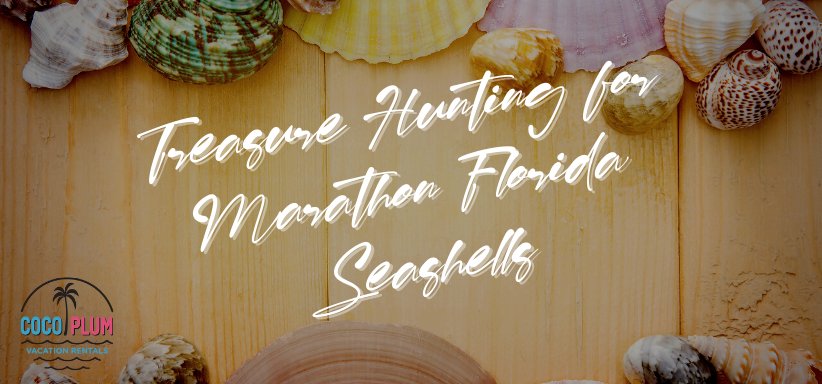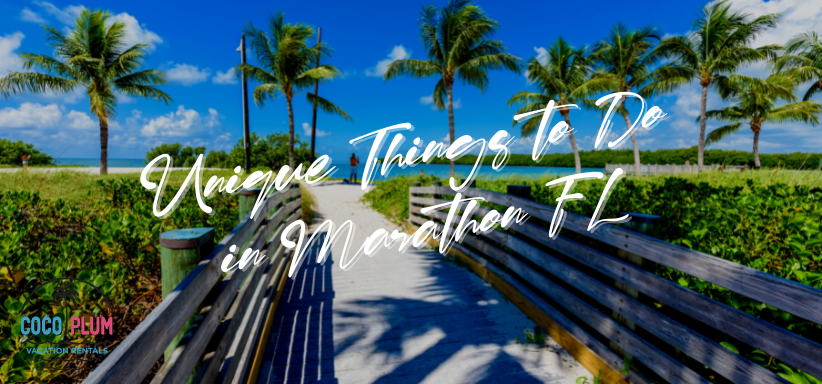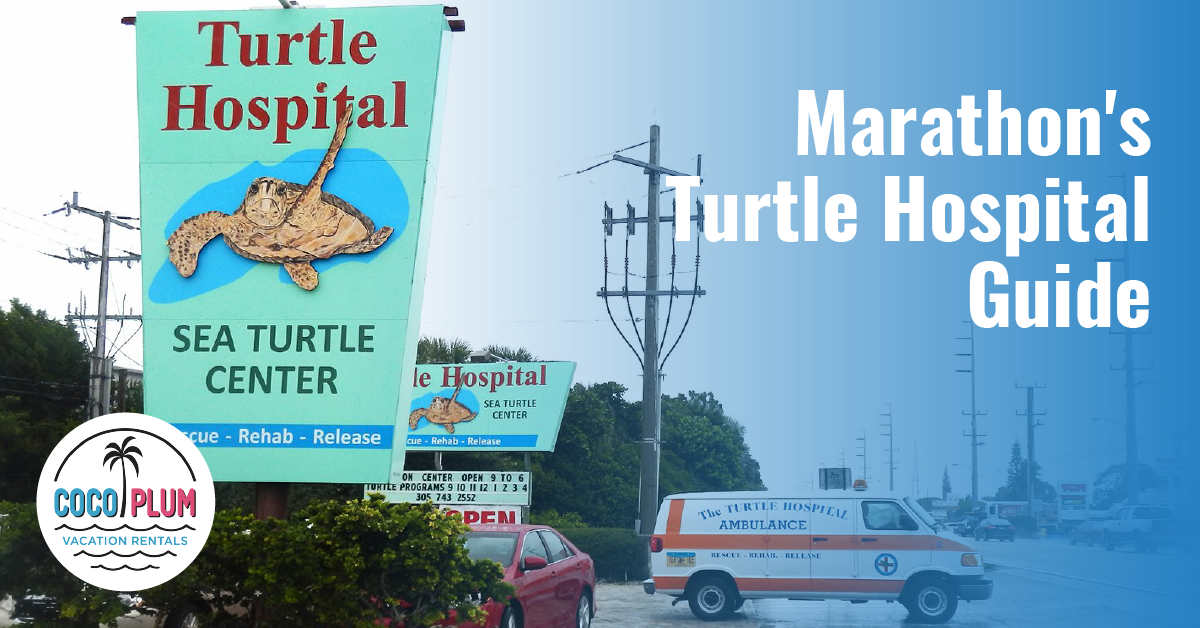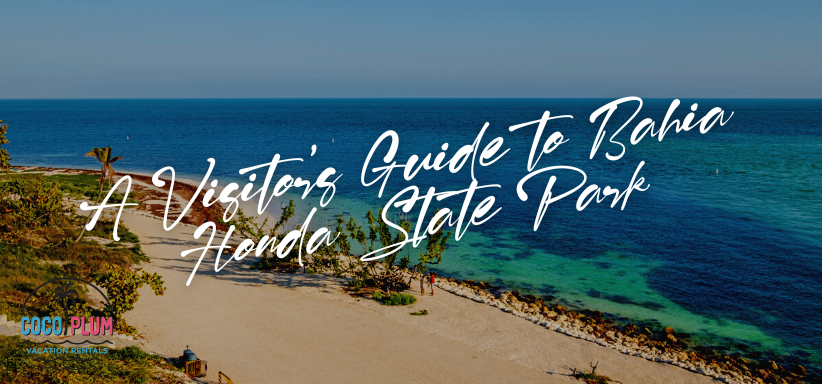The Florida Keys are known for a lot of things, but sea shelling isn’t one of them. However, you can find gorgeous seashells in Marathon, Florida, if you are up for a bit of ingenuity. Keep reading to learn about the best ways to go beachcombing in the Florida Keys.
Where to Find Seashells

Photo Credit: pinguin.photos via Instagram
For the most part, you will not find many seashells washing up on the shore. You will need to go snorkeling or diving to discover them in Marathon. If you want to look on land, you can try Coco Plum and Sombrero beach.
Nevertheless, your best bet to find shells would be through a snorkeling tour. You could get a mask and flippers yourself and swim through Coco Plum and Sombrero beaches to see what you spot.
To maximize the number of shells you find, search during the new and full moons. At these times, the tide is low. You can see more of the ocean floor. Also, check for low tide times each day and explore the shores just before and during that period.
Types of Seashells in Marathon, Florida
When in Marathon, Florida seashell hunting, you may discover some of these shells:
- American star
- Long-spined star
- Horse conch
- Milk conch
- Queen conch
- Queen helmet
- West Indian top shell
The American star shell is a sea snail shell that can grow to 1.6 inches and reside in shallow waters. It has a white or yellow color with a trochiform shape and seven whorls.
Long-spined star shells can grow between 0.5 and 3.5 inches. They have a white or golden base color with some pink in their whorls. You can recognize them from their star-shaped protrusions circling their body.
Horse conchs are predatory sea snails that can reach 24 inches in length. Their shells have a fusiform outline with up to ten whorls, depending on the size. Furthermore, they have axial ribs, spiral cords, and a long siphonal canal. Young horse conchs have orange colors, while older ones develop a grayish or salmon tone. Fun fact: horse conchs do not belong to the conch family!
The milk conch is a sea snail and a true conch. The shell has a siphonal canal, high spire, and flaring lip with a milky interior aperture and creamy coloring. You can tell them apart from other conchs as they are entirely white. Their shells are often 7.9 inches long.
Queen conch shells are between 5.9 and 12.2 inches long, with a constantly growing thickness. The calcium carbonate structures have 9-11 whorls, flaring lips, long spires, and glossy pink apertures. Strangely, the juvenile ones lack the flared outer lip and possess a conical outline.
The queen helmet has a peach shell with brown ridges around its mouth. The shell has a triangular face and is six to eight inches long.
The West Indian top shell can reach six inches in length. It has a white or gray base color with black spots and a triangular body. However, algae often hide the splotchy markings.
While not seashells, you may spot a sea urchin, coral reef, and tropical fish while snorkeling. You do not have to go too far to find sea life. Many marine species prefer warm, shallow waters. Beachcombers might also find algae, seaweed, sea glass, starfish, drift seeds, sponges, sea feathers, sea squirts, and sea pork.
Best Places to Go Seashell Hunting
Since Marathon is not the best place to go seashell hunting, you may want to give some of these beaches a try:
- Caladesi and Honeymoon Islands
- Barefoot Beach in Naples
- Fort Myers Beach
- Venice Beach
- Sand Key Park in Clearwater
- Hutchinson Island
- Captiva and Sanibel Islands
- Anna Maria Island
- Marco Island
- Navarre Beach in Pensacola
- Amelia Island
- Fernandina Beach
- Shell Island on the Panama City Beach
- Fort De Soto Beach in Tierra Verde
- Bonita Beach
If you want to explore the Florida beaches, consider taking a road trip from the Atlantic to the Gulf Coast. You can see some of the best shelling spots across miles of beaches. Check out the white sand in Sanibel to capture sand dollars, or drive on the beach in Amelia Island for a fun day trip.
Wrapping Up
Shelling may not be the most lucrative activity in the Florida Keys, but you can still have a ton of fun and spot some unique wildlife. Try snorkeling or diving off a kayak to discover the beautiful sea creatures that Florida has to offer.






